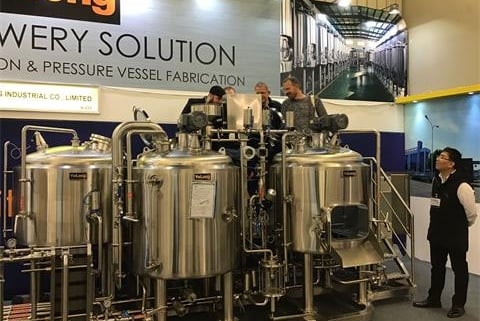How to Choose the Best Brewery Equipment
Brewing beer isn’t just a hobby anymore—it’s a booming business. Whether you’re a craft brewer starting out or a seasoned pro scaling up, the key to your beer’s quality, consistency, and success starts with one thing: brewery equipment. But with so many types, sizes, and setups, it’s easy to get overwhelmed. So let’s dive into the hops and hardware of beer brewing and uncover the essential insights into choosing, using, and investing in brewery systems that work for you.
Brewery Equipment Types: From Homebrewers to Pro-Level Systems
Let’s face it, not all brewing gear is created equal. There’s a world of difference between the modest setup you might use in your garage and the shiny stainless-steel behemoths lining the floor of a microbrewery.
1. Brewing Kettles and Mash Tuns: These are your main vessels for mashing and boiling. Home brewers often use simple stock pots or converted kegs, while commercial breweries invest in steam-jacketed stainless-steel kettles with automated controls. Bigger means better temperature control, higher batch volume, and faster heat transfer.
2. Fermentation Tanks: After boiling comes fermentation. Here, your wort becomes beer. Home setups might rely on glass carboys or plastic buckets, but professional systems use conical fermenters with glycol cooling and CIP (Clean-in-Place) systems. Why conical? Easy yeast collection and no more messy siphoning.
3. Conditioning and Bright Tanks: These tanks help with beer clarity and carbonation. They often double as serving tanks in brewpubs. Look for pressure ratings, cooling jackets, and fittings for carbonation stones.
4. Heat Exchangers: Cooling wort quickly is essential. Plate chillers are the norm. They use cold water or glycol to bring wort down from boiling to fermentation temps in minutes.
5. Pumps, Valves, and Piping: Think of these as the circulatory system of your brewery. From transferring wort to moving cleaning solutions, efficient pumps and sanitary valves are critical for seamless operations.
6. Kegging, Bottling, and Canning Lines: Distribution needs matter. Whether you’re selling growlers out the door or loading cans by the pallet, your packaging equipment has to be reliable, scalable, and easy to sanitize.
7. Control Panels and Automation: Today’s breweries use PLCs (Programmable Logic Controllers) to manage temperature, timing, and pressure. You can brew with a touch of a button—or your phone. Less guesswork, more consistency.
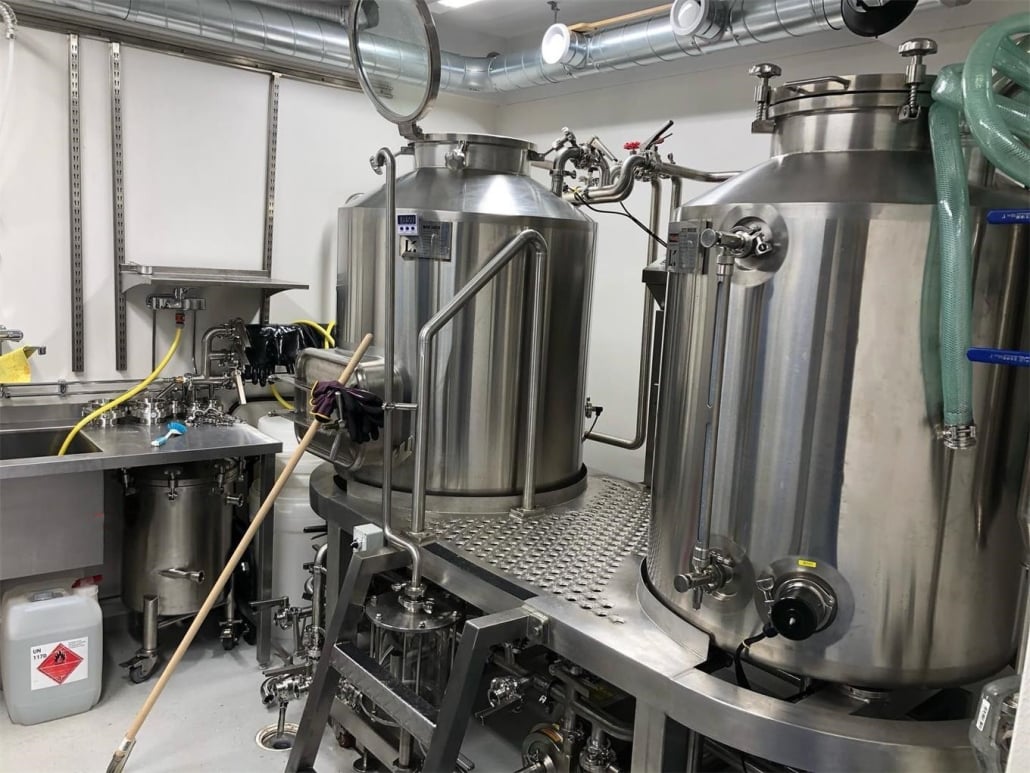
How to Choose the Right Equipment: A Brewer’s Roadmap
So, how do you pick the right gear without blowing your budget or bottlenecking your operation?
Start with your scale. Are you brewing for friends and farmers markets or bottling 10,000 units a month? Your batch size will shape everything from kettle volume to tank count.
Think about your space. Got a garage, warehouse, or retail taproom? Measure your ceiling height, floor drains, and electrical setup. Some systems need reinforced flooring and 3-phase power.
Plan for growth. The worst thing you can do is go too small, too soon. Choose modular systems that scale. Investing now can save you from replacing half your setup in a year.
Decide on manual vs. automated. Want hands-on brewing or remote-monitored consistency? Manual systems are cheaper but labor-intensive. Automation reduces error but costs more upfront.
Factor in support. Buy from vendors with solid reputations and great customer service. When something breaks (and it will), fast parts and real-time troubleshooting matter.
Cost Analysis: Breaking Down the Budget
There’s no way around it—brewery equipment is an investment. But let’s break down where your money goes, and what you can expect to spend based on your ambitions.
Estimated Brewery Equipment Costs by Scale:
| Brewery Scale | Batch Size | Initial Equipment Cost (USD) | Key Inclusions |
|---|---|---|---|
| Home Brewing | 5-10 gallons | $500 – $2,000 | Basic kettle, fermenters, bottles |
| Nano Brewery | 1-3 BBL | $15,000 – $50,000 | Compact brewhouse, fermenters, pumps |
| Microbrewery | 5-30 BBL | $100,000 – $500,000 | Professional brewhouse, tanks, automation |
| Production Brewery | 50+ BBL | $1M+ | Full-scale plant, packaging lines, lab equipment |
Hidden Costs to Watch Out For:
- Installation and site prep
- Water treatment systems
- Electrical upgrades
- Ventilation and fire suppression
- Licensing and inspections

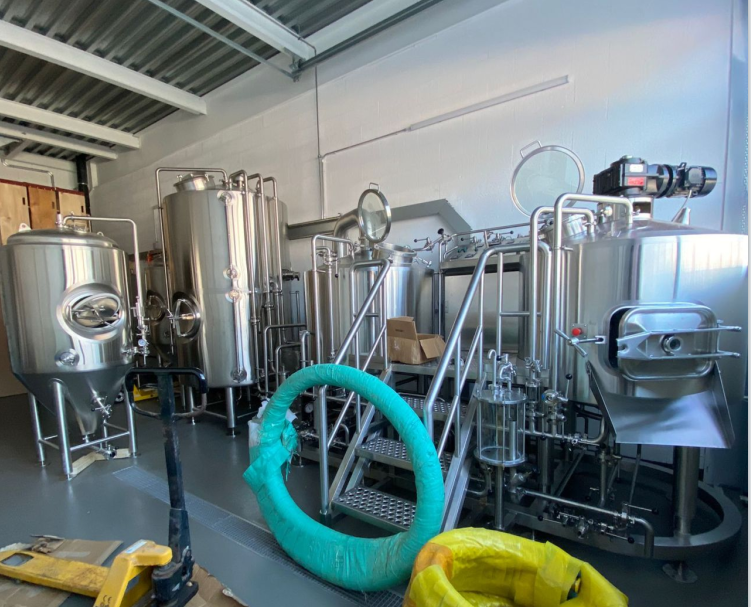
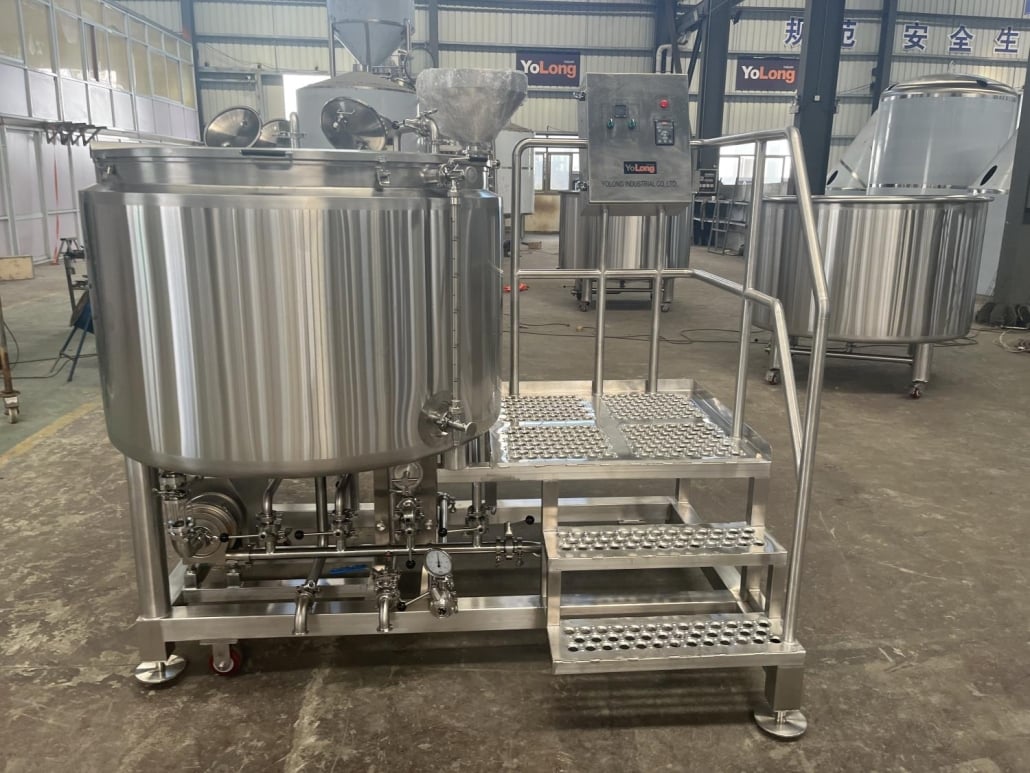

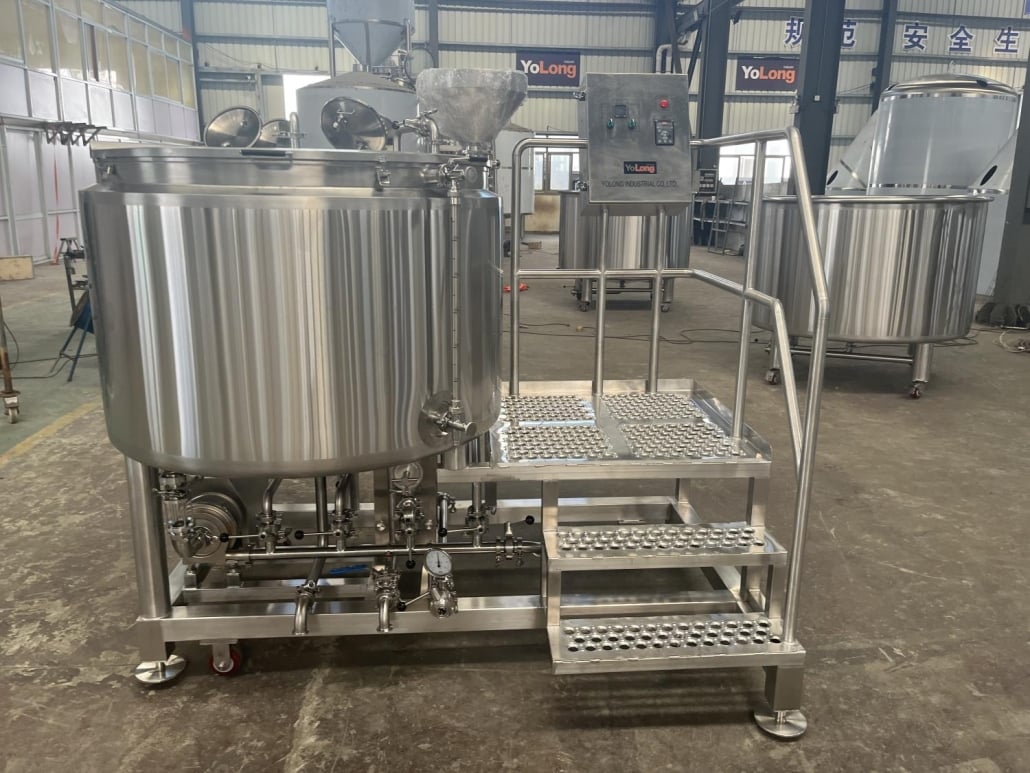
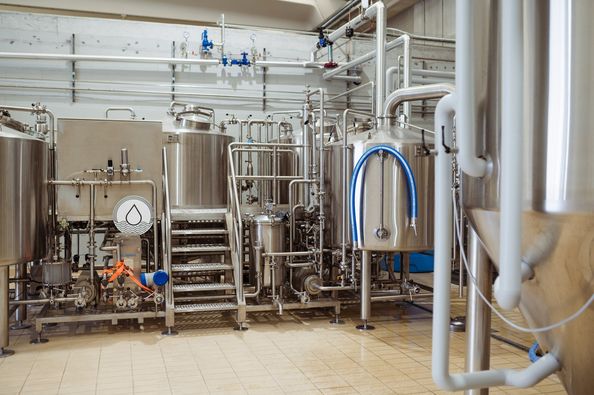
Supplier Guide for Brewery Equipment Buyers
Here’s a helpful breakdown of reputable suppliers in the industry and what they specialize in.
| Supplier Name | Location | Specialty | Notable Features | Customer Feedback |
|---|---|---|---|---|
| Ss Brewtech | USA | Home & nano systems | Sleek stainless gear, modular systems | Loved by homebrewers for price and quality |
| Blichmann Engineering | USA | High-end home systems | Innovative designs, automation options | Strong customer service reputation |
| Portland Kettle Works | USA | Commercial systems | Custom brewhouses, training programs | Premium pricing, high quality |
| DEGONG | China | Full systems, cost-effective | Budget-friendly, customizable | Some lead times, solid for startups |
| Alfa Laval | Global | Heat exchangers, separators | Industrial scale, energy-efficient | Trusted for durability, complex setups |
Common Mistakes to Avoid When Choosing Brewery Equipment
1. Underestimating capacity. Going too small can choke your business. Choose bigger fermenters and plan for dual batches.
2. Overcomplicating the system. You don’t need every bell and whistle. Focus on what helps your workflow.
3. Skipping on cooling. Fermentation temp control is critical. Don’t cheap out on glycol chillers.
4. Ignoring layout and ergonomics. If your brewer can’t move easily or tanks block doorways, you’ll pay in labor costs.
5. Forgetting cleaning systems. A good CIP system saves time and keeps your beer contamination-free.
6. Not training your staff. Even the best gear fails in untrained hands. Schedule vendor-led training.
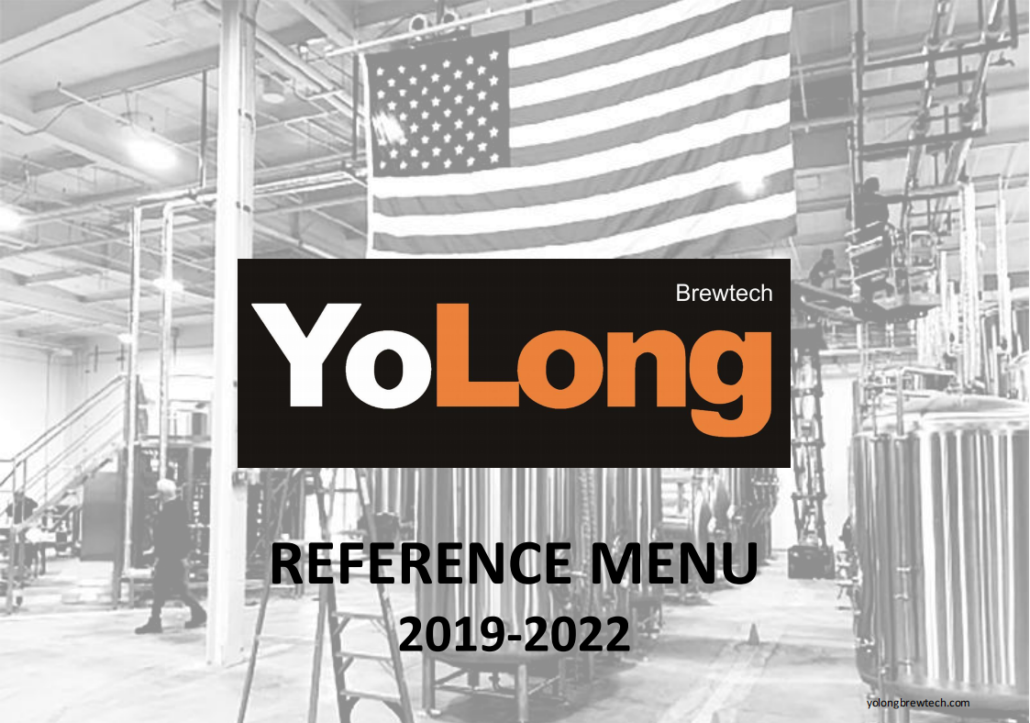
FAQ
| Question | Answer |
|---|---|
| What is the most important piece of brewery equipment? | The fermenter. It determines your production capacity and directly affects beer quality. |
| Can I brew commercially at home? | Not legally in most areas. Commercial brewing requires health inspections, zoning, and licenses. |
| How long does brewery equipment last? | With proper maintenance, stainless-steel systems can last 15-30 years. |
| What size brewhouse do I need to start a microbrewery? | Most microbreweries start with 5 to 15 BBL systems, depending on sales expectations. |
| Is Chinese brewing equipment reliable? | Yes, if purchased from reputable manufacturers with good QA. Many U.S. breweries use imported tanks. |
| Should I buy new or used equipment? | New offers warranty and support, but used can cut startup costs if inspected properly. |

